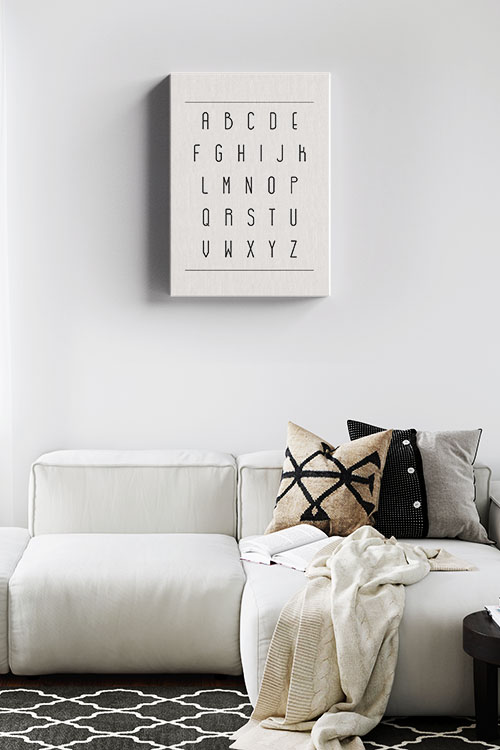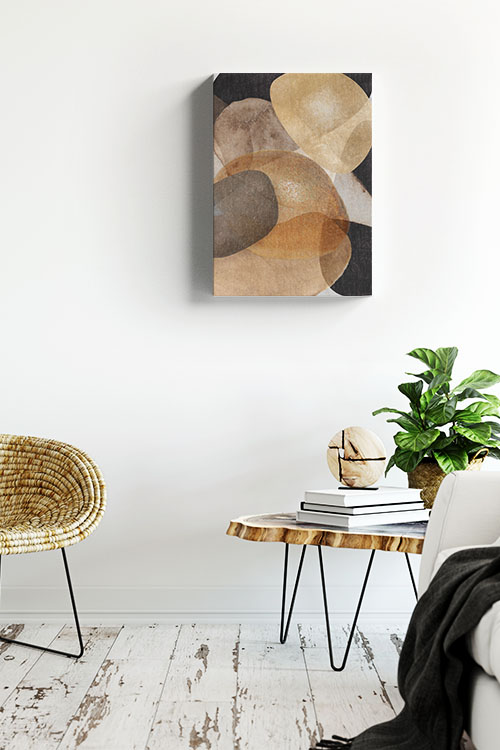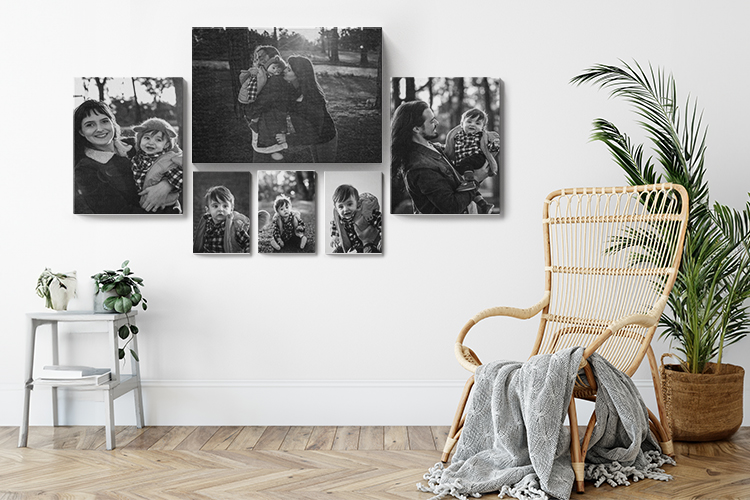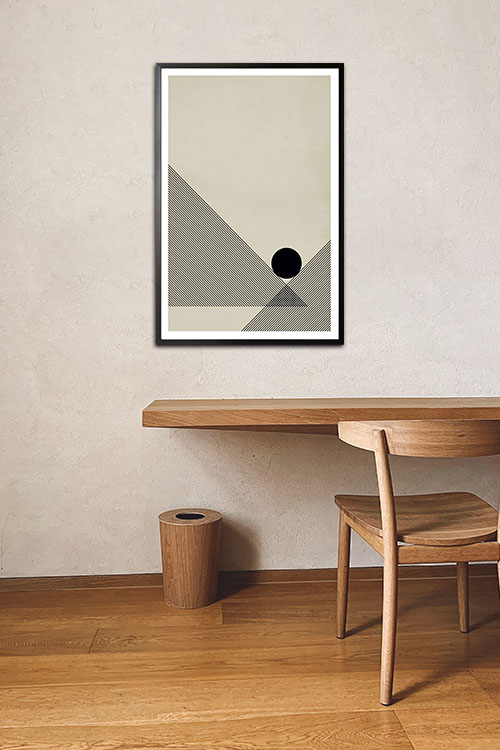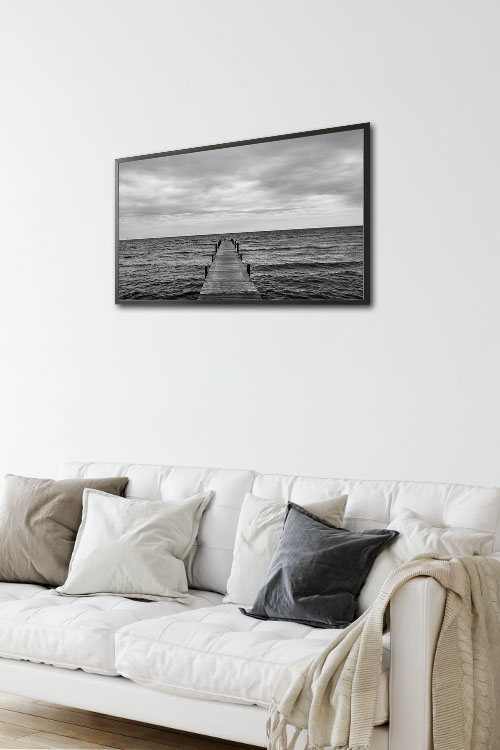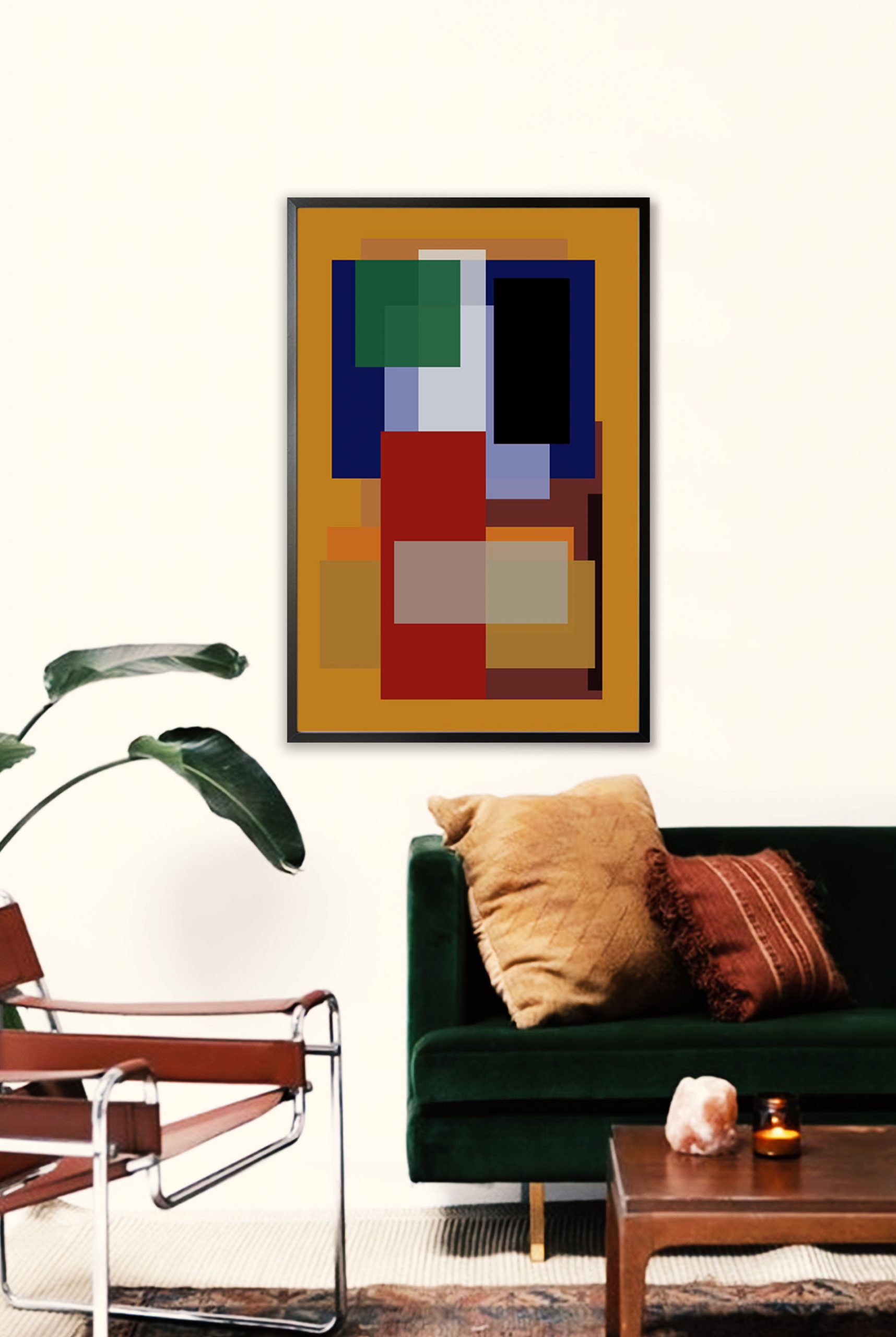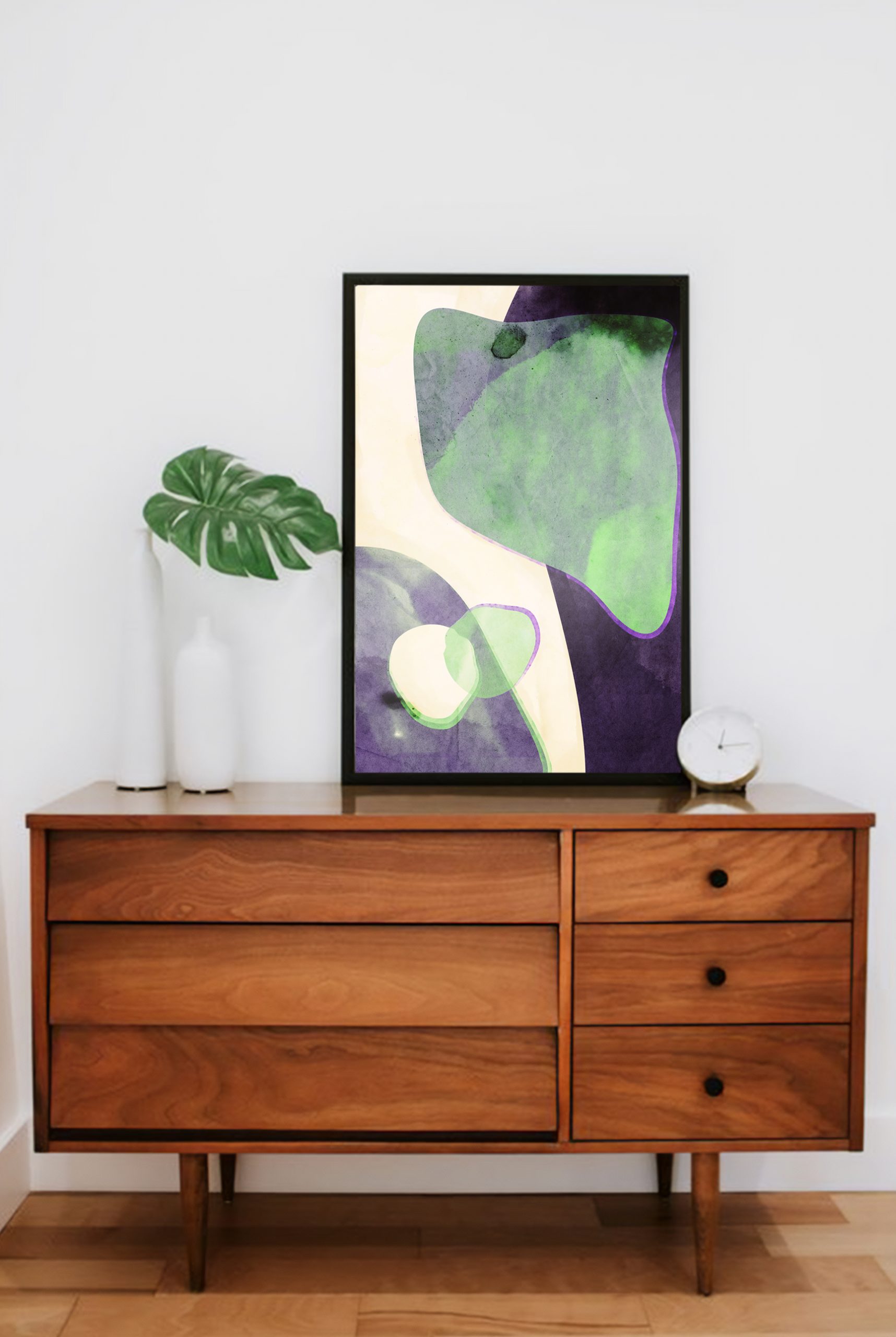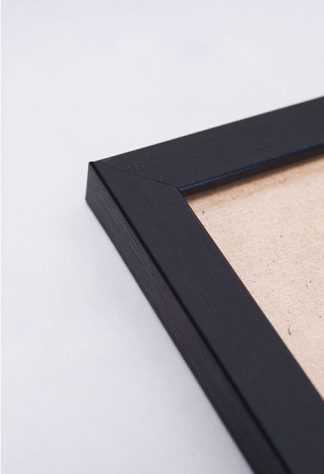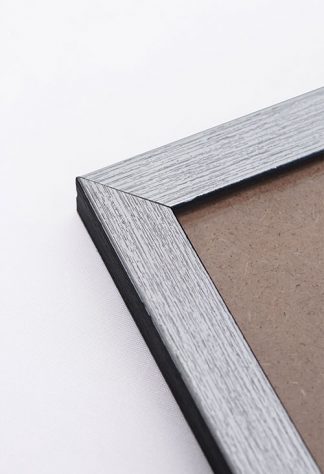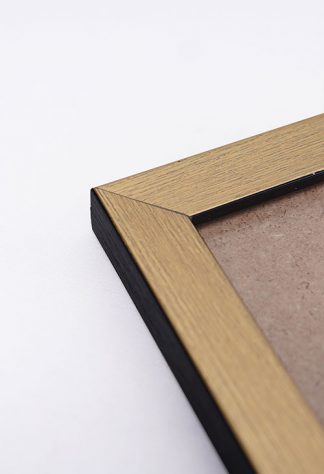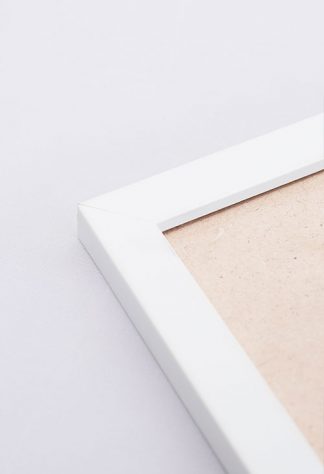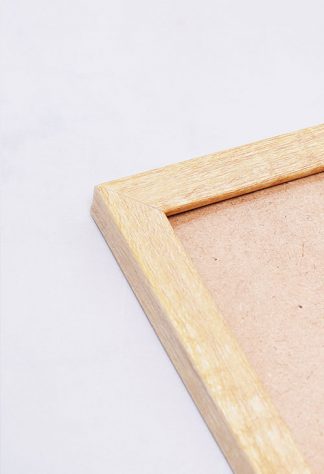
Eclectic interior design is a unique and dynamic style that draws inspiration from many sources. It is a style that truly showcases the homeowner’s personality, as it allows for blending contrasting elements into a cohesive environment. Characterized by its artistic freedom and personalized touch, the eclectic design reflects the homeowner’s tastes and experiences. This article will examine the essential aspects, benefits, and tips for achieving an eclectic interior design style.
What is an Eclectic Interior Design Style?
Eclectic interior design is marked by its nonconformity; it defies traditional design principles by mixing historical, cultural, and stylistic elements. Unlike interior design styles that embrace uniformity, such as minimalism or modernism, eclectic design champions individuality. A space designed in this style might feature a combination of vintage furniture, contemporary art, global artifacts, and natural materials. The result is an inviting and visually captivating atmosphere where every piece tells a story.
Key Characteristics of Eclectic Design
- Diversity of Styles: One of the defining characteristics of eclectic design is the harmonious blending of various design styles—from mid-century modern to bohemian, industrial to rustic. The aim is to create a cohesive space where contrasting elements work together to form a visually stimulating environment.
- Vibrant Colors and Patterns: Eclectic interiors often employ bold colors and eye-catching patterns. Incorporating multiple hues can evoke emotional responses and create a lively atmosphere. From bright accent walls to patterned textiles, color plays a crucial role in eclectic design.
- Mix of Textures: Mixing textures adds depth to an eclectic space. Combining different materials such as wood, metal, glass, textiles, and ceramics can create a tactile experience that captures the eye. Layering rugs, cushions, and throws is another way to enhance texture within a room.
- Personalized Decor: Eclectic design celebrates personality and individuality. Personal memorabilia, travel finds, and family heirlooms can be artfully arranged to create a space representing the homeowner’s narrative. Each piece contributes to the overall story of the interior, making it uniquely personal.
Benefits of Eclectic Interior Design
- Creativity and Self-Expression: The most significant benefit of eclectic design is the freedom to express oneself. Homeowners can curate their space according to aesthetics rather than adhere to strict rules and guidelines.
- Timelessness: Eclectic styles often stand the test of time, as they do not rely on fleeting trends. The thoughtful integration of pieces from various eras creates a timeless appeal that evolves with the homeowner’s tastes.
- Cohesion Amid Chaos: Although eclectic design embraces many styles, it relies on strategic cohesion. By using a unifying element—be it color, pattern, or form—eclectic designs can maintain a sense of harmony, preventing the space from feeling chaotic or cluttered.
Tips for Achieving Eclectic Interior Design
- Start with a Focal Point: Choose a piece that captures your attention, such as a bold artwork or a vintage chair, and build your design around it.
- Create Balance: Mix different styles while maintaining balance; pair a sleek modern sofa with a rustic coffee table to create visual interest without overwhelming the space.
- Layer Colors and Patterns: Use a variety of colors and patterns, but ensure there is an underlying palette or theme to prevent discord.
- Incorporate Personal Touches: Infuse the space with elements that reflect your experiences, passions, and travels.
In a nutshell
Eclectic interior design celebrates creativity, individuality, and personal expression. By blending diverse styles, colors, and textures, homeowners can curate a visually engaging space and a true reflection of themselves. The beauty of eclectic design lies in its limitless possibilities, where every corner holds a story, evoking a sense of warmth and uniqueness that feels like home.
